6. On the Beach at Night Alone (2017, Hong Sang-Soo)
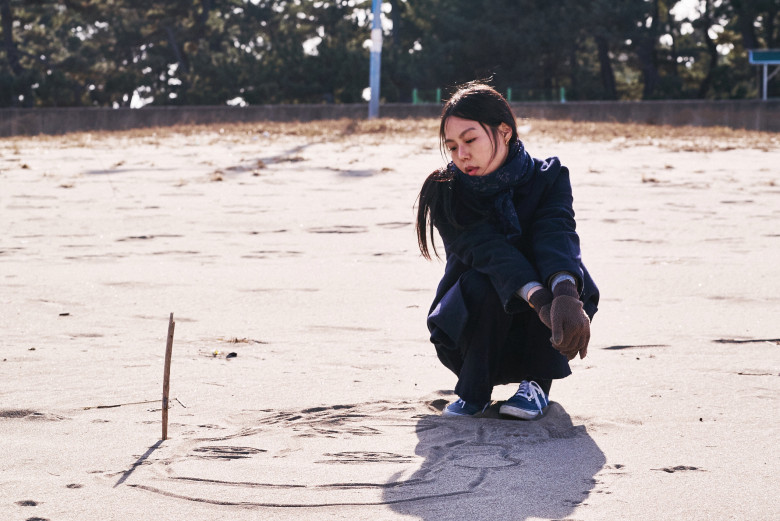
Hong Sang-Soo, a faithful lover of portraying beaches, has shown that his films are nothing more than a variation of the same theme which, like the sea with its waves, is repeated over and over again, without ceasing to be different. Heartbreaks, existential anguish, long conversations, soju, and cigarettes are his label as a postmodern author.
The title refers to the emotional state of Young-hee, an actress suffering from an affair with a married film director. Although she travels in an attempt to escape the ghosts of love, nothing keeps her away from pain.
It’s interesting to know that this is an autobiographical film since the actress who gives life to Young-hee (Kim Min-Hee) was the director’s real-life lover. The actress achieves a wonderful meta-performance and the director wonders about the intention of his film. Similar to what Godard did with Anna Karina in “Pierrot le Fou.”
Evoking authors like Rohmer and Ozu with no fixed script, a minimalist mise-en-scene, and long fixed shots interrupted by a sudden zoom, we are faced with an exploration of human emotions and when it’s all over, what remains is loneliness.
7. Happy as Lazzaro (2018, Alice Rohrwacher)
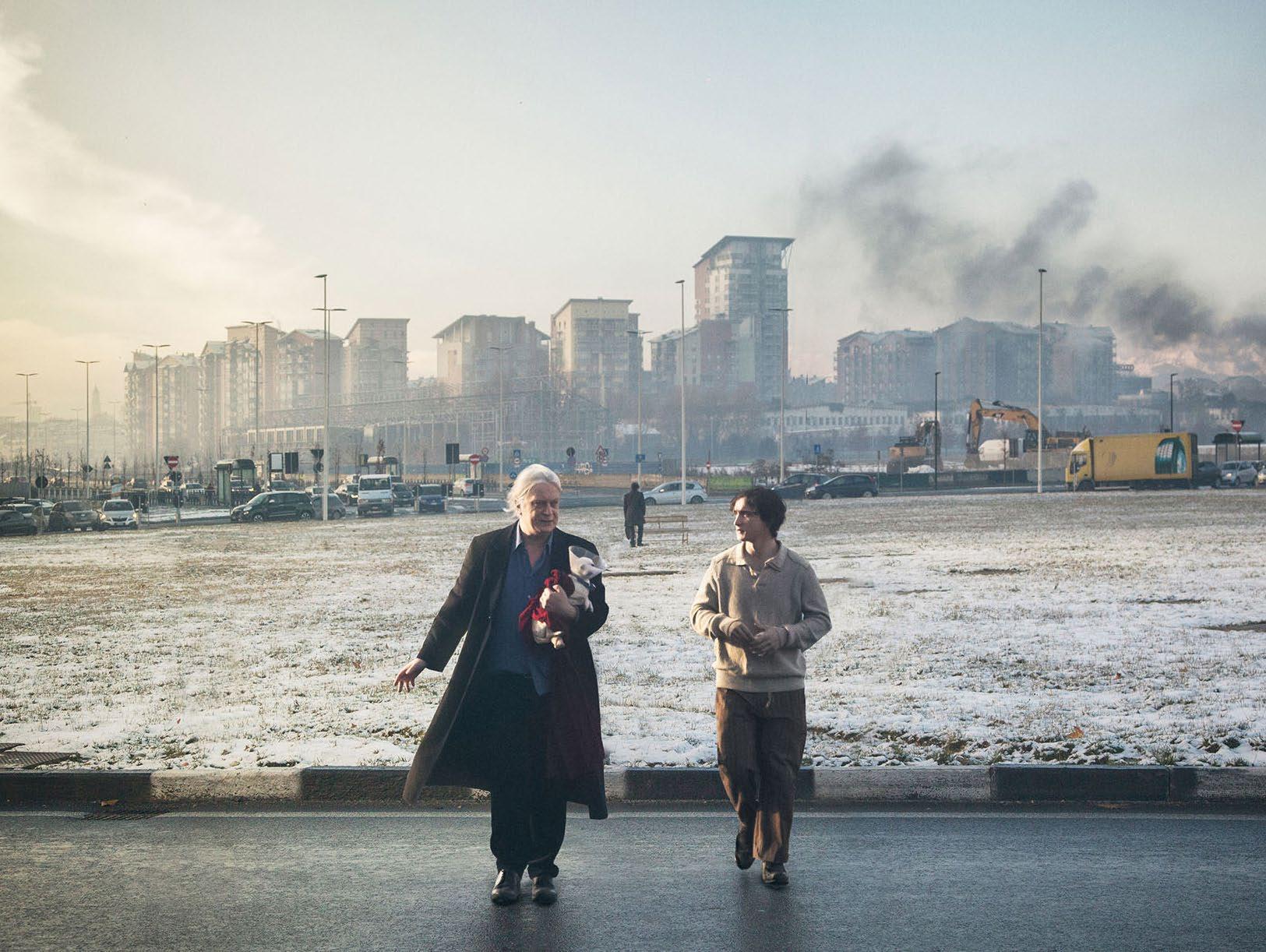
What if, in the middle of the 20th century, there was a group of peasants who, unaware of the achievements in the struggle for workers’ rights, worked like slaves? That’s what the director proposes in her new feature film.
In Inviolata, a tobacco estate, the peasants live and work under the yoke of a despotic marquise. Lazzaro, among the peasants, is the one who takes on the most thankless tasks because he is always willing to serve without complaining. Just as the marquise abuses the peasants, they abuse Lazzaro by taking advantage of his unconditional kindness.
From the very poor working conditions in the field, the peasants are moved to the city in a temporary jump. Leaving life in nature to live by the train tracks, changing fruits to eat junk food, where they can only steal and cheat others to survive, we witness how poverty in the city is much worse.
In this history of the exploited and the exploiters, Lazzaro embodies human goodness, which has no place in a world where human beings have been denatured. Finally, slavery is anachronistic and the poverty of today is the poverty of the spirit.
The script was awarded at Cannes and the film is currently available for viewing on Netflix.
8. Birds of Passage (2018, Ciro Guerra and Cristina Gallegos)
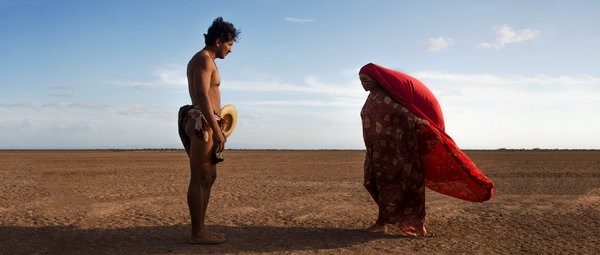
In northern Colombia, specifically in the Guajira, Zaida, a teenage girl, is forced into marriage by the traditions of the Wayuu community to which she belongs. Rapayet is the one who is interested, but Ursula, Zaida’s mother, thinks that he isn’t worthy of her daughter. In a way of boycotting Rapayet’s request, she asks in exchange for as many goats as necklaces, so Rapayet manages to start a new business: procuring marijuana for American tourists by linking up with his uncle who harvests it. But this is just an excuse to describe the beginnings of the drug trade in Colombia and how this leads to the destruction of Wayuu codes and traditions.
The film takes place in the desert, which lends itself to find similarities with Western cinema, and among ancient songs and ancestral ceremonies, we can find an ethnographic cinema. But then gradually appears smuggling, armed groups, and luxurious mansions, in a mixture of codes where gangsters and spirits coexist. We can observe the deep contradictions that indigenous cultures face in times when capitalism has corrupted the values that reside in dreams and cosmogonic beliefs. Thus, greed and ambition are intrinsic to human nature. The Wayuu, like gangsters, are seduced by power and money.
Guerra and Gallegos took the risky decision of shooting this film considering all the difficulties the desert would bring, as well as the sandstorms, the swarms of bees, and the floods.
9. Capernaum (2018, Nadine Labaki)
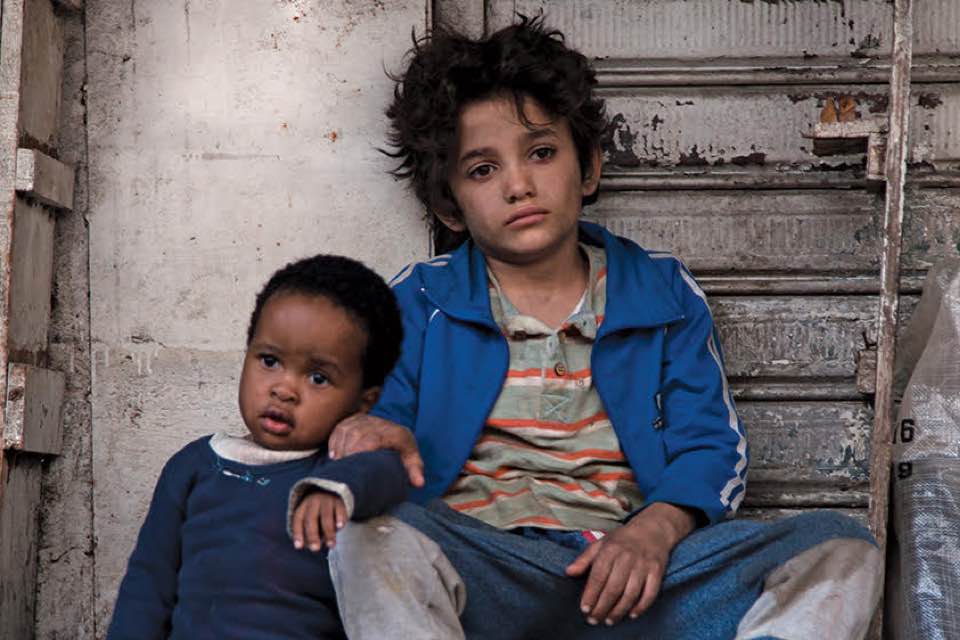
This is Nadine Labaki’s third feature film. The story begins when Zain, a boy of only 12, decides to sue his parents for bringing him into the world. With the originality of such an approach that could not be legally possible in reality, we immerse ourselves in a harsh denunciation of poverty in Lebanon.
Through an extensive flashback, we know the vicissitudes of Zain’s stormy childhood that led him to the current situation. The court is a representation of the intellect, where both sides confront each other and where we can gradually, as spectators, oppose or be in favor of the accused.
Zain runs away from home after discovering that his younger sister is given away to be married in exchange for a couple of miserable chickens. Alone in the world on a wander where he barely sees the possibility of a job, Zain will have to bear, in addition to his own survival, the responsibility of taking care of a baby. He will face the same dilemma as his parents did: “How to feed another when I can barely feed myself?” If the film at its beginning makes us wonder why we have children when we can’t care of them, then it makes us recap and think, “Who is to blame for the situation these children are experiencing, the parents or the system?”
Zain Al Rafeea keeps us attentive throughout the film with an impeccable performance where his gestures and emotions are so plausible that it is impossible to believe that it’s a fictional film. He was discovered by Labaki in the same streets of Beirut, where the production team went to look for the characters in a street casting. The result of this is the naturalness of the performances, where the role of the non-actors is mixed with their personal lives.
Marginalization, child exploitation, child marriage, domestic violence, and illegal immigration are evils that Labaki has tried to condense in this work entitled “Capernaum,” which means ‘chaos’ in French.
10. The Pearl Button (2015, Patricio Guzman)
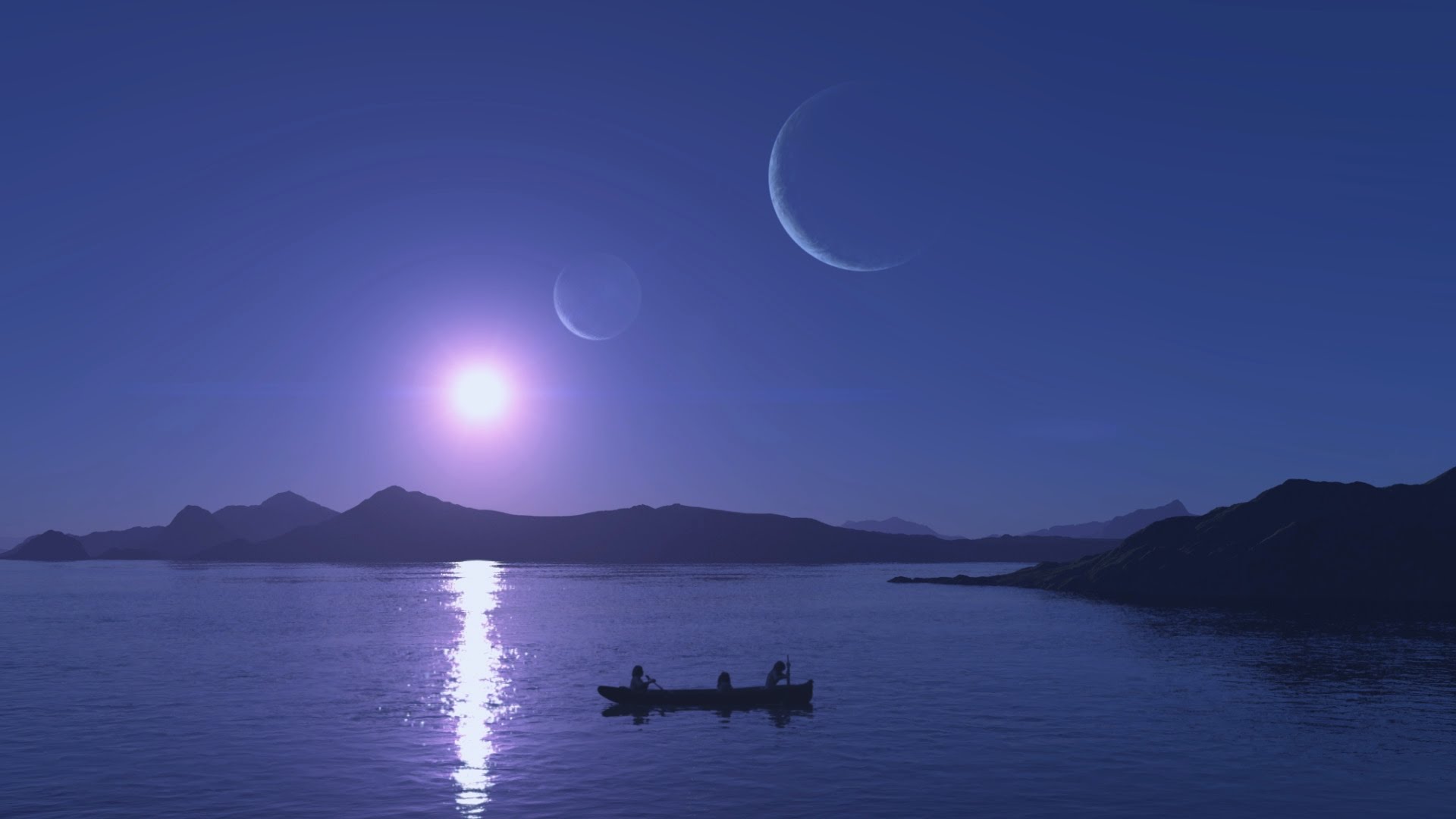
In recent years, Patricio Guzman has deviated from the purely political nature of his work, using Chile’s peculiar geography as a counterpoint. The sea, the sky, and the mountains are witnesses, alive and latent, of what Chilean political history is.
With this principle, Guzman has elaborated a trilogy, which began with “Nostalgia for the Light” (2014) and will soon end with “The Cordillera of Dreams” (2019). If, in his first film, he used the desert to make a comparison between the researches that astronomers do on the stars with the widows who continued to search on the ground for the bodies of their relatives who were disappeared detainees, in this film his thesis starts from the sea.
From the water in distant constellations to the extensive coast of Chilean territory, it takes us on a journey through the political history of Chile, finally settling in Chilean Patagonia to talk about its extinct inhabitants, who as well as the victims of the dictatorship also suffered extermination. The sea becomes a vehicle to narrate and link two episodes of genocide that devastated Chile in two distant moments of history. If for the Kaweskar and Selknam the sea was the source of life, for the disappeared detainees it was their burial, after being thrown into it.
Just as water also has a voice (in the sounds of a glacier, for example), there is also the director’s voiceover that structures this story through poetic and solemn reflections.